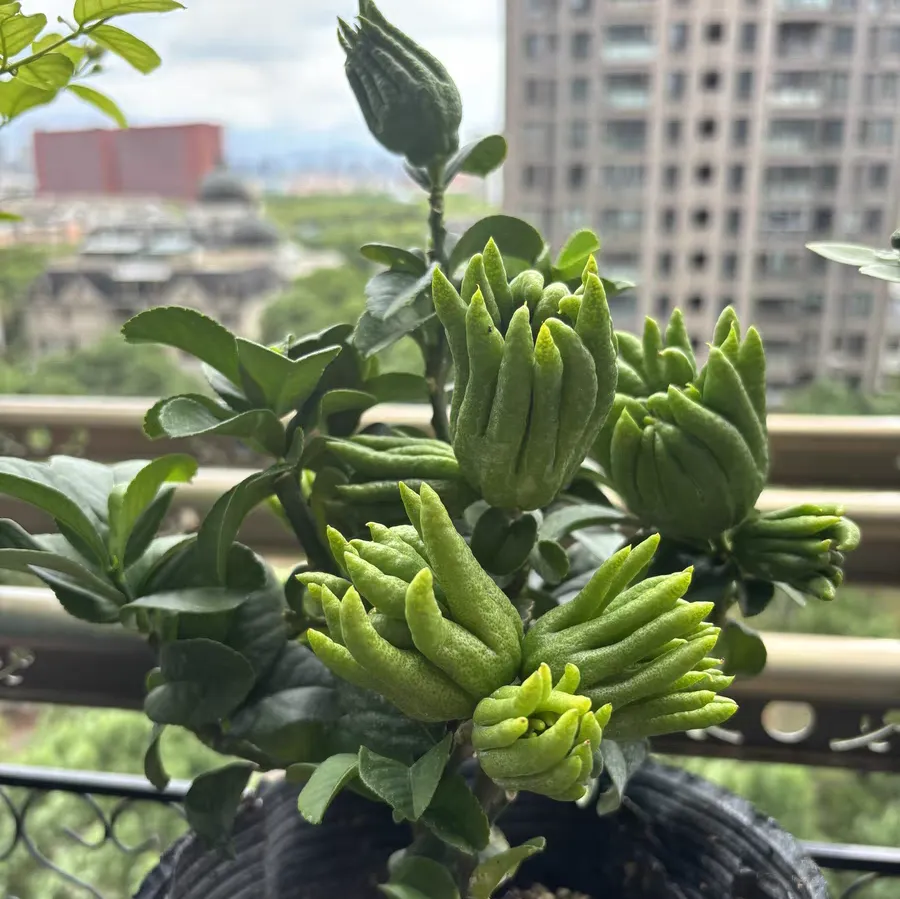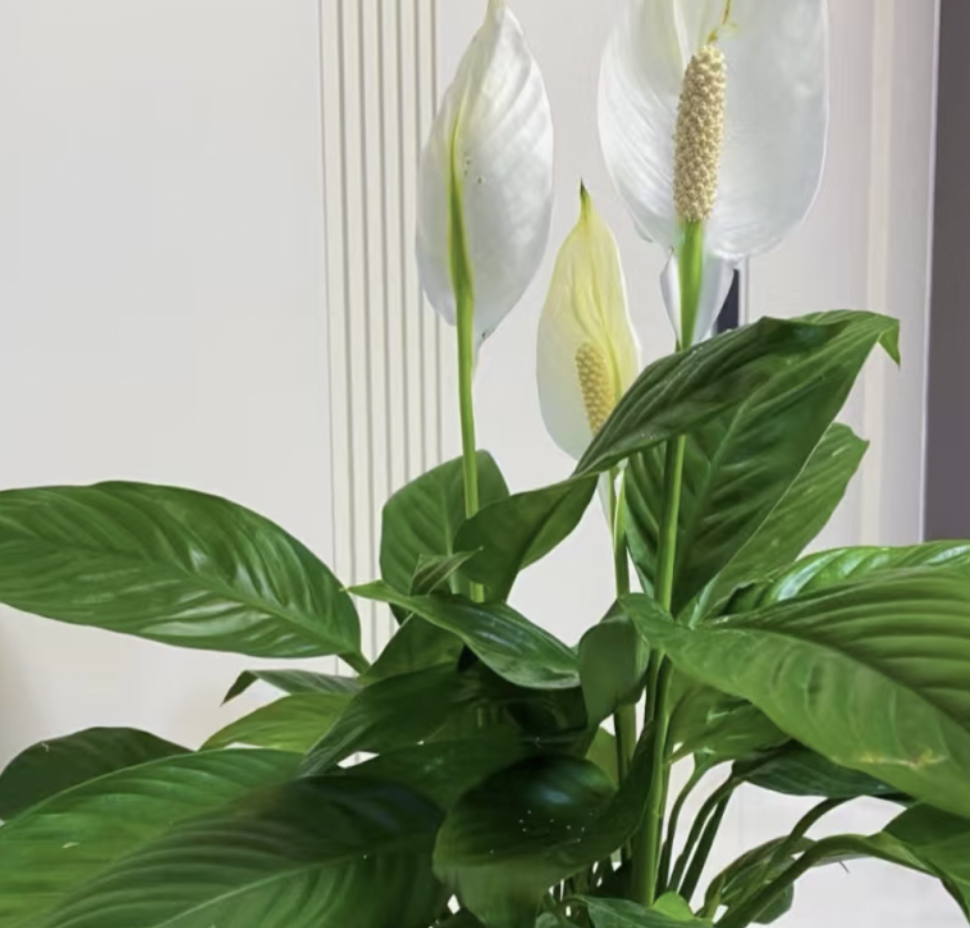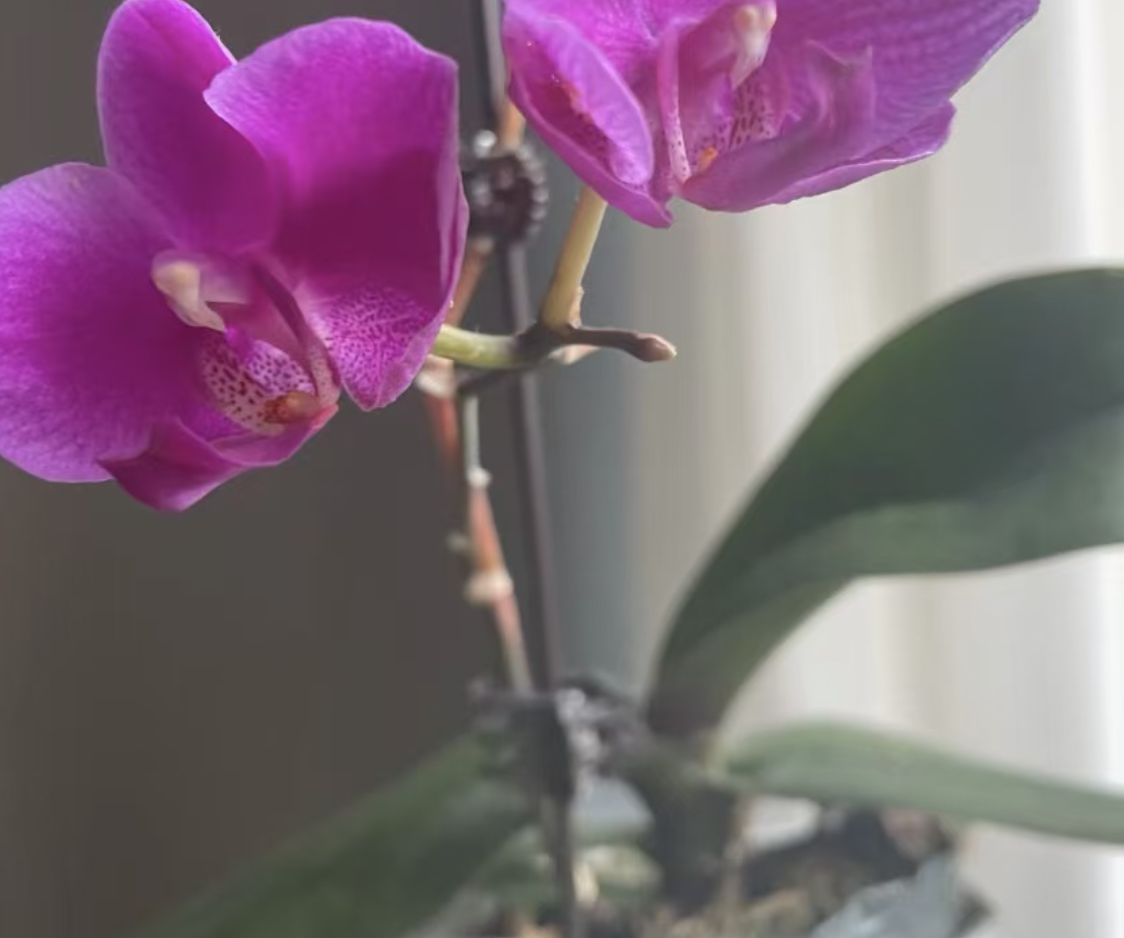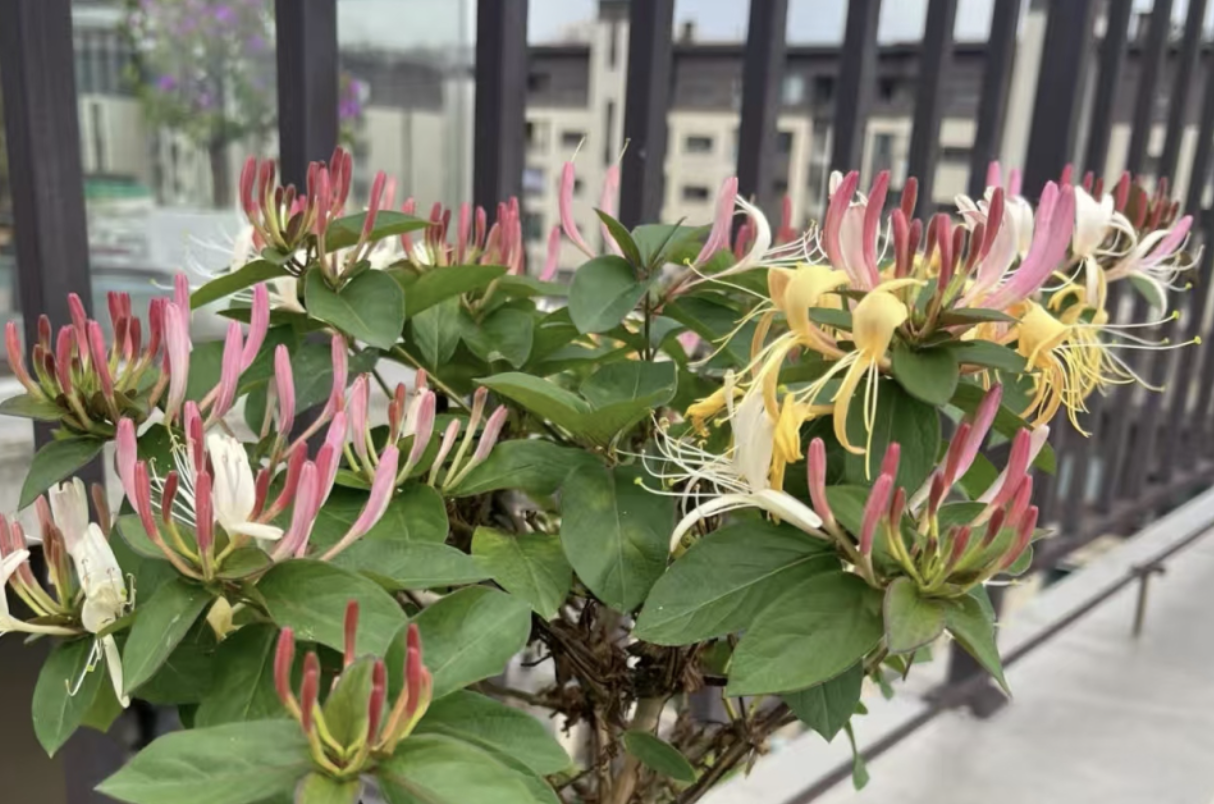Buddha's Hand, named for its uniquely shaped fruit that resembles the delicate hands of Guanyin Bodhisattva, is also known as "Bergamot".
With its graceful form, ever - green leaves, dainty and delicate flowers, and fruits of various shapes, Buddha's Hand has won the favor of many enthusiasts. Its leaves are long - oval, leathery and shiny. The flowers are as white as jade, with golden - yellow and brilliant stamens, and their fragrance is elegant and refreshing. The fruit is the essence of Buddha's Hand. It is golden - yellow, fragrant, and splits into finger - like shapes, presenting a great variety of forms and full of charm.
In traditional culture, Buddha's Hand is endowed with auspicious meanings. The Chinese character "佛 (Fó)" is homophonic with "福 (Fú)", which implies happiness and good fortune, bringing good luck and protection to the family. At the same time, Buddha's Hand also symbolizes wisdom and strength, representing good luck, peace, and smoothness. Therefore, potted Buddha's Hand is often placed at home to add a touch of auspiciousness and beauty.
In winter, Buddha's Hand sometimes experiences leaf - shedding, which is often related to maintenance conditions such as temperature, watering, and lighting.
Low temperature is a common cause. Buddha's Hand likes warmth and is intolerant to cold. Its suitable growth temperature is between 22 - 24°C. When the temperature is lower than 5°C, it may suffer from frost damage, leading to leaf - shedding. It is necessary to move Buddha's Hand to a warm place indoors in a timely manner and keep the room temperature above 10°C.
Improper watering can also lead to leaf - shedding. In winter, Buddha's Hand grows slowly and its water demand decreases. If over - watered, water will accumulate in the pot soil, easily causing the roots to lack oxygen and rot, thus resulting in leaf - shedding. The watering frequency and amount should be strictly controlled, and the pot soil should be kept slightly moist. You can insert your finger 2 - 3 centimeters into the pot soil to judge the dry - wet degree of the soil. If it feels dry, then water it.
Insufficient light also affects the growth of Buddha's Hand. In winter, the sunshine duration is short. If Buddha's Hand is in a dark environment for a long time and cannot carry out sufficient photosynthesis, its leaves will turn yellow and fall off. Buddha's Hand should be placed on a windowsill or balcony indoors with sufficient sunlight to ensure at least 6 hours of light per day.
During daily maintenance, the following points should be noted. Buddha's Hand is suitable for growing in loose, fertile, well - drained, slightly acidic soil. You can mix leaf - mold soil, peat soil, and river sand in a certain proportion to prepare the ideal pot soil.
During the growing season, Buddha's Hand needs to be fertilized regularly to promote its growth. The fertilization should mainly be nitrogen - based fertilizers, supplemented by phosphorus and potassium fertilizers. Before the flowering period, phosphorus and potassium fertilizers should be increased to promote flower - bud differentiation and improve the fruit - setting rate.
When fertilizing, the principle of "applying thin fertilizers frequently" should be followed to avoid burning the roots with concentrated fertilizers. Regular pruning of Buddha's Hand can maintain its beautiful tree shape and promote growth and fruiting. When pruning, it is necessary to pay attention to cutting off withered branches, diseased branches, and over - dense branches to reduce nutrient consumption.
Common pests and diseases of Buddha's Hand include anthracnose, spider mites, scale insects, etc. It is necessary to keep the plant well - ventilated, check regularly, and prevent the occurrence of pests and diseases. If pests and diseases are found, corresponding measures should be taken in a timely manner for prevention and control.
What to Do When Buddha's Hand (Citrus medica var. sarcodactylis) Loses Leaves in Winter?

Share with
Tagged in :




Leave a Reply